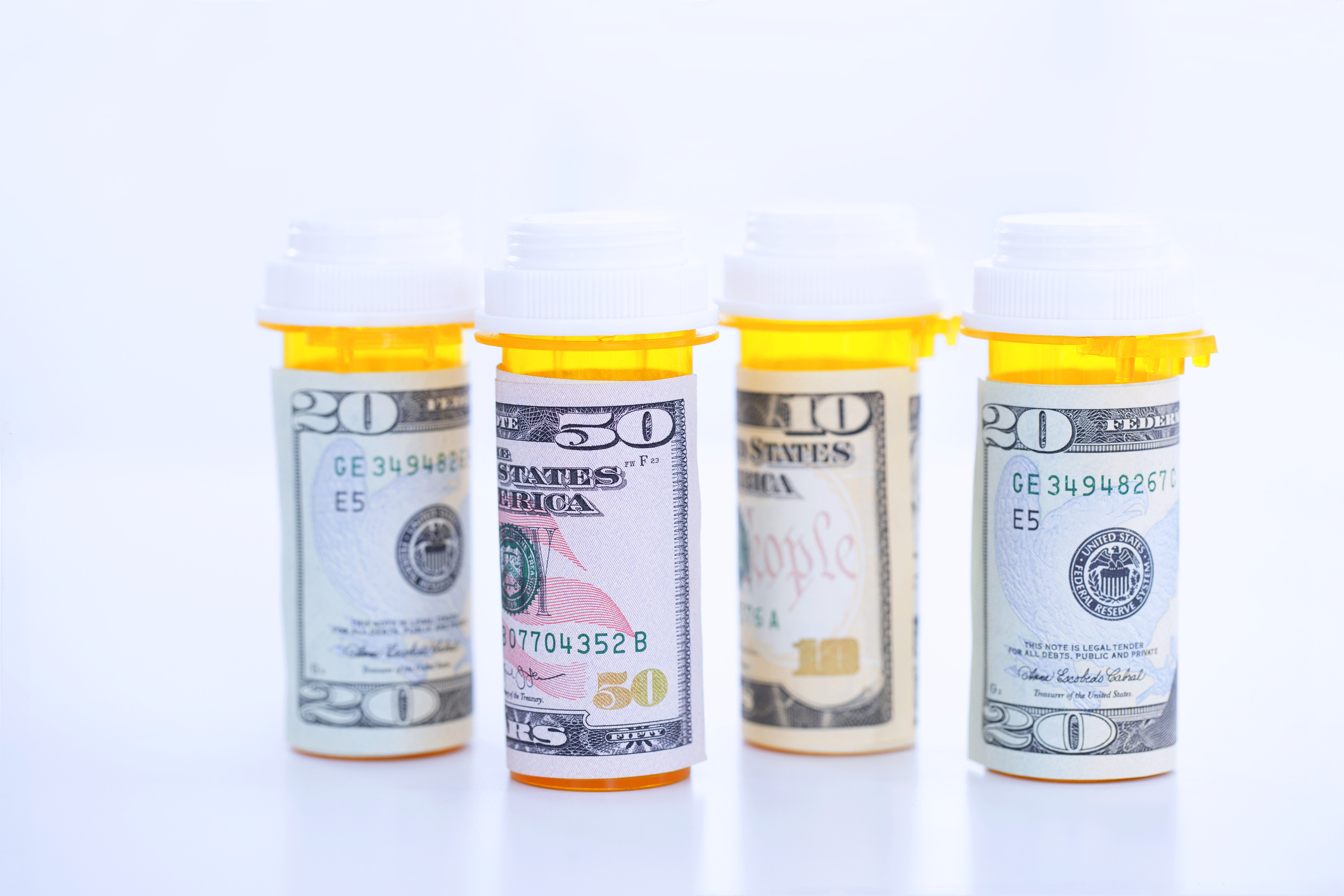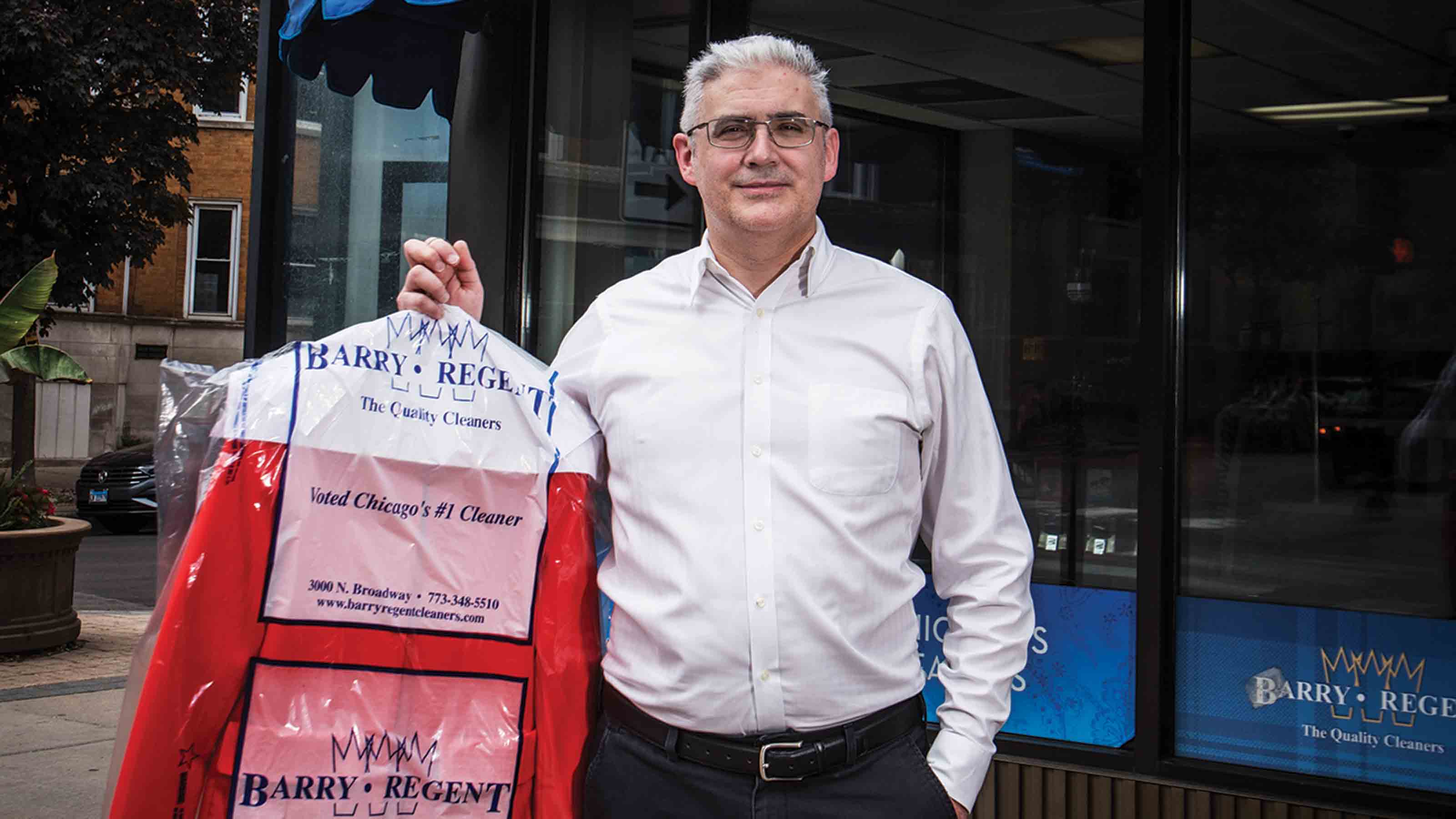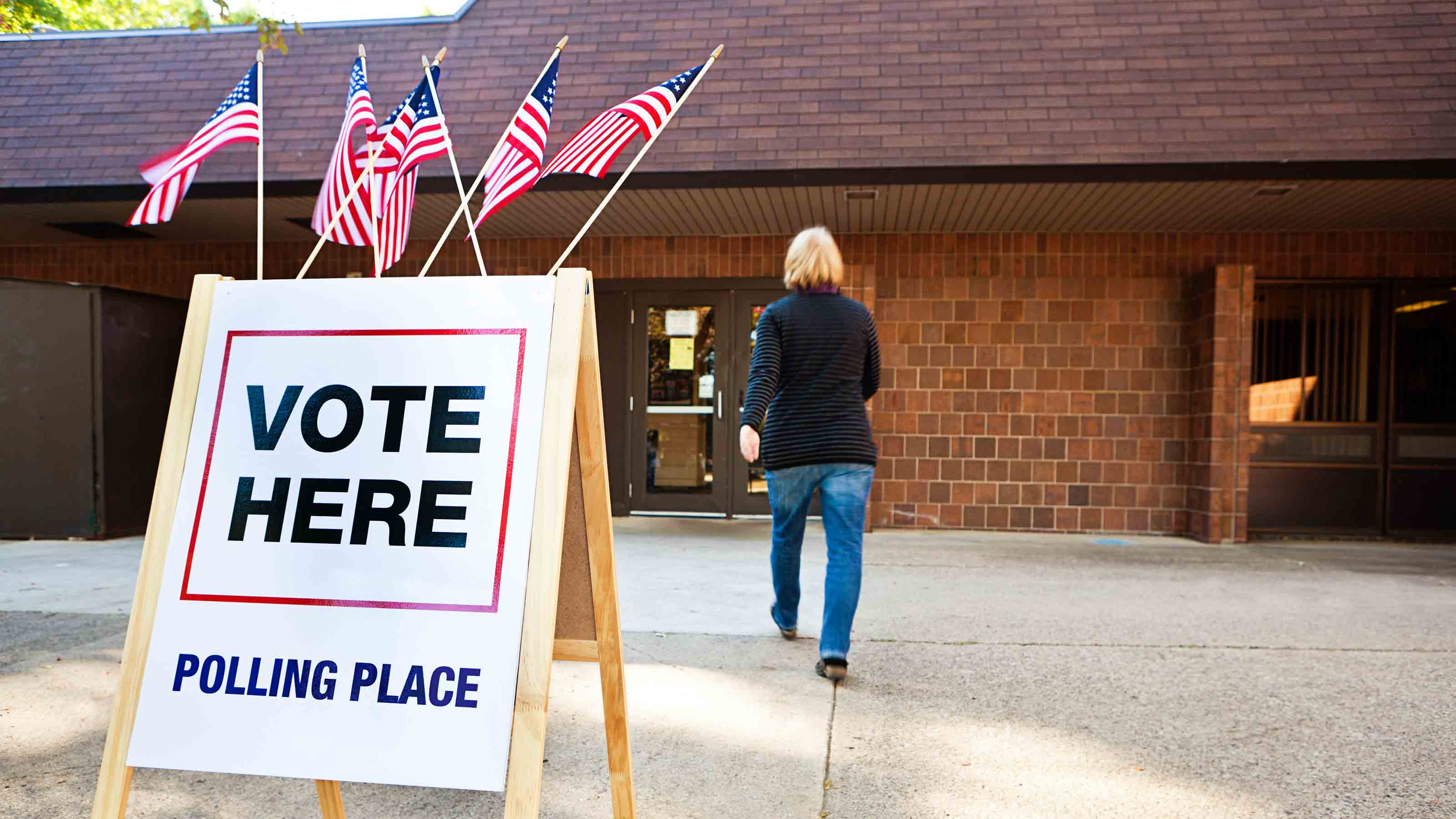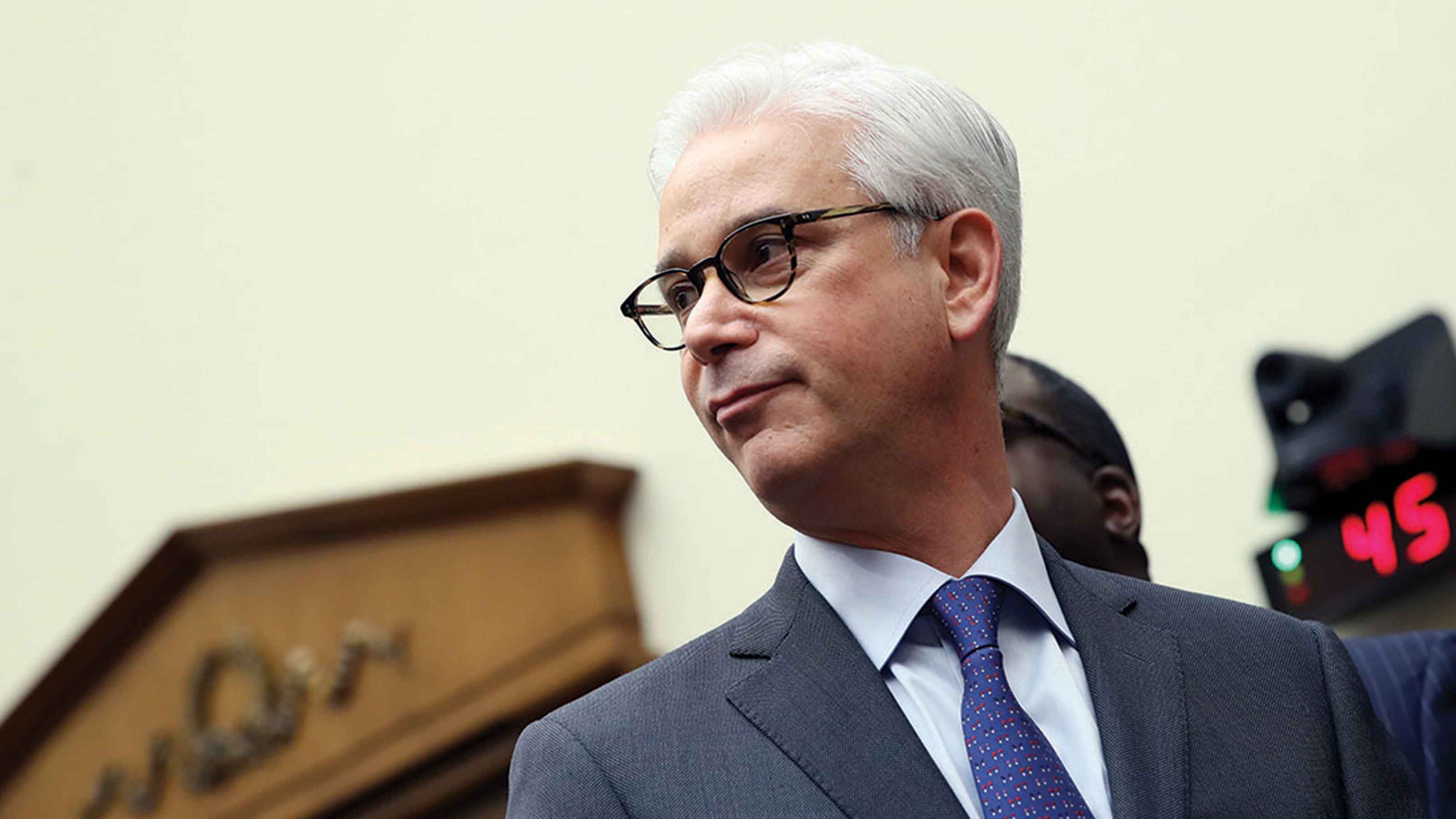When Bad Peanut Butter Does Some Good
All the alarming news about bad peanut butter, tainted baby formula and other food scares may have some benefit.

All the alarming news about bad peanut butter, tainted baby formula and other food scares may have some benefit. Washington is likely to significantly toughen the food safety system. Unfortunately, it's unlikely policymakers will go as far as they should.
While considerable credit for a somewhat improved system will go to the thousands of Americans sickened by needlessly contaminated products, another major pressure point is that a thousand-plus companies who used salmonella-laced peanut butter from a single Peanut Corp. of America plant in Georgia had to recall their products. This Typhoid Mary of the food chain highlighted an unsettling truth: The country really has no comprehensive food safety strategy and inspection system that requires food companies to ensure proper handling of their products and can reliably catch them in the act when they fall down on the job.
Today's food industry and the regulators who are supposed to police it need a system geared to prevention rather than reaction -- applied at food sources to avoid problems rather than concentrating on tracking down bad products that have already made their way onto grocery shelves, restaurants and school cafeterias.
From just $107.88 $24.99 for Kiplinger Personal Finance
Become a smarter, better informed investor. Subscribe from just $107.88 $24.99, plus get up to 4 Special Issues

Sign up for Kiplinger’s Free Newsletters
Profit and prosper with the best of expert advice on investing, taxes, retirement, personal finance and more - straight to your e-mail.
Profit and prosper with the best of expert advice - straight to your e-mail.
Unfortunately, the U.S. has 15 agencies chasing after some part of food safety, and consumers won't see the restructured, unified system that most experts have agreed for years must happen to achieve an effective program. Sadly, Congress has run from responsibility on food safety for decades, unable to overcome intramural struggles by various committees that have jurisdiction over various parts of the system. A Food Safety Council set up by President Bill Clinton described a flawed and fragmented food safety program a decade ago. It asked Congress to legislate a cohesive, unified food safety system that is science based, geared more to prevention and focused on the worst hazards to health. No surprise, another task force in the just-ended Bush administration made similar pleas. Congress' own investigators -- the Government Accountability Office -- echoed those recommendations. The GAO also went abroad and reported back to Congress how other countries can and do have effective food safety programs.
The result? Congress has done virtually nothing for decades to revise the disjointed food safety system, although it has allowed agencies to proceed with some improvements, especially for the Agriculture Department's meat and poultry program. As recently as a year ago, the GAO warned that the Food and Drug Administration, responsible for the safety of 80% of our foods, "does not have the capacity to ensure the safety of the nation's food supply."
If you listen to the snarling outrage and gnashing of teeth spewing from lawmakers while they are on camera, you'd think Congress was on the verge of acting seriously. Take this comment on the recent peanut scandal from Senate Agriculture Committee Chairman Tom Harkin (D-Iowa): "To say that food safety in this country is a patchwork system is giving it too much credit. Food safety in America has too often become a hit-or-miss gamble, and that is truly frightening."
But Congress won't order a structural overhaul of the system anytime soon, unless -- against long odds -- President Obama wages a huge battle with Congress and shames it into action.
That said, there should be some significant progress.
First, lawmakers who've tried for years to modernize the system will finally break through. They'll give FDA and USDA clear authority to order recalls of bad products, give it more tools and money to do more inspections in plants and give the agency power to require food companies to conduct top-to-bottom inspections of their facilities and thorough monitoring of their products.
Second, look for the Obama administration to set up an oversight panel that'll get the USDA and FDA to work more closely together and adopt a more preventive structure that demands food companies to assume responsibility for food safety -- much as USDA has done with meat and poultry plants for the past decade. FDA or USDA inspectors may soon be made to cover for each other when visiting some 1,500 plants that have products subject to food safety regulation of both agencies.
Third, the food industry is increasingly turning to technology for avoiding and spotting contamination and for tracing products in the pipeline -- often leaving existing government regulations in the dust. Supermarket packages of fresh produce, for example, are already commonly labeled so they're traceable all the way back to the farm.
Profit and prosper with the best of Kiplinger's advice on investing, taxes, retirement, personal finance and much more. Delivered daily. Enter your email in the box and click Sign Me Up.

-
 Stocks Chop as the Unemployment Rate Jumps: Stock Market Today
Stocks Chop as the Unemployment Rate Jumps: Stock Market TodayNovember job growth was stronger than expected, but sharp losses in October and a rising unemployment rate are worrying market participants.
-
 Should You Renew Your CD?
Should You Renew Your CD?With rate cuts impacting earnings, we examine if now is a wise time to renew CDs.
-
 7 Ways to Plan Now to Save on Medicare IRMAA Surcharges Later
7 Ways to Plan Now to Save on Medicare IRMAA Surcharges LaterUnderstand the critical two-year lookback period and why aggressive planning before you enroll in Medicare is the most effective way to minimize IRMAA.
-
 Airbnb Host Tells What It's Like
Airbnb Host Tells What It's LikeBusiness Costs & Regulation This Denver pharmacist began booking her ski condo a few months after the pandemic hit.
-
 Tough Times for a Family Business
Tough Times for a Family BusinessBusiness Costs & Regulation His dry-cleaning operation was rocked by the pandemic, but he is staying optimistic.
-
 IRS Gives Truckers a Tax Break in Response to the Colonial Pipeline Shutdown
IRS Gives Truckers a Tax Break in Response to the Colonial Pipeline ShutdownTax Breaks The tax penalty for using dyed diesel fuel for highway use is temporarily suspended.
-
 Reliving a Harlem Renaissance
Reliving a Harlem RenaissanceBusiness Costs & Regulation After a tough winter, two sisters look forward to reviving their restaurant’s business.
-
 Add a VPN to Surf the Internet Safely
Add a VPN to Surf the Internet SafelyTechnology To help you fight identity theft, consider adding a VPN.
-
 Stephanie Creary: Making the Case for Diversity on Corporate Boards
Stephanie Creary: Making the Case for Diversity on Corporate BoardsBusiness Costs & Regulation Adding underrepresented voices can improve a company’s bottom line.
-
 Kiplinger's 2020 Election Forecast
Kiplinger's 2020 Election ForecastPolitics For nearly a century, The Kiplinger Letter has forecasted the outcome of presidential elections to keep readers informed of what's coming and what it means for them. Here's our call for 2020.
-
 How We Lose When We Overlook Black Talent
How We Lose When We Overlook Black TalentBusiness Executives Comments from Wells Fargo CEO Charles Scharf (pictured) reflect a culture that tramples on clients’ trust and limits opportunities for people of color.